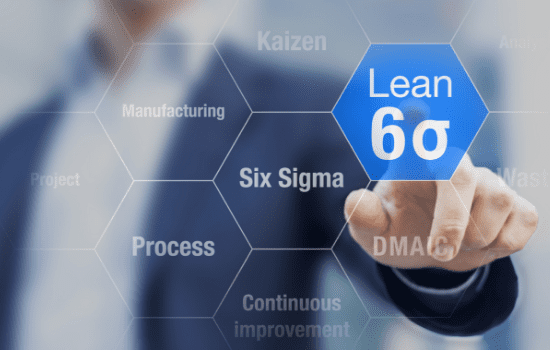A CPA Firm’s Lean Journey, Part One: Initiation
Originally published on March 12, 2014
Updated on February 2nd, 2024
CPA firms must strive to improve and change, or risk falling behind. In this three-part article series, we discuss the implementation of Lean Six Sigma within our Firm in order to improve revenue, efficiencies, staff satisfaction, and timeliness for delivering financial statements.
The goal of a CPA firm, like any other business, is to make money! But there are many moving parts to make this happen (client service, top talent and great clients) not to mention aggressive competition in the market place. Our firm recognized that we needed to meet this challenge
head on before our competition was ahead of us. This article is part one in a three part series that shares our story of continuous improvement using lean six sigma. In public accounting we face many challenges such as audit and tax work becoming commodities; increased regulations and audit requirements, talent shortages, and greater need for employee flexibility, among others. Essentially, we’re being asked to do more with less while firms continue to lower prices for the bread and butter of audit and tax work. We determined that not only do we need to provide services that bring more value but also improve our own processes for both our audit and tax departments.
After much research and consideration, lean six sigma (lean) was our clear choice. I was already very familiar with lean through our manufacturing clients but hadn’t thought of it applied to a professional services firm. Using the lean approach is about focusing only on those activities that provide value and eliminating anything else as wasteful. Lean is more than just applying concepts to improve processes, but rather a cultural change of focusing on customer value and continuous improvement. All of this begins with engaging employees at all levels within the organization and asking them where the problems in the process are and using a team approach to solve those problems. We began our journey by having several individuals trained in lean six sigma; a process that requires significant classroom hours and the completion of a project. One of our projects was our auditing process. One year later, we conducted a second project on the logistics of auditing and our tax return process. The results so far have been significant! The next article in the series will discuss the process and approach in more details while the third article will discuss our results.
All content provided in this article is for informational purposes only. Matters discussed in this article are subject to change. For up-to-date information on this subject please contact a James Moore professional. James Moore will not be held responsible for any claim, loss, damage or inconvenience caused as a result of any information within these pages or any information accessed through this site.
Other Posts You Might Like

